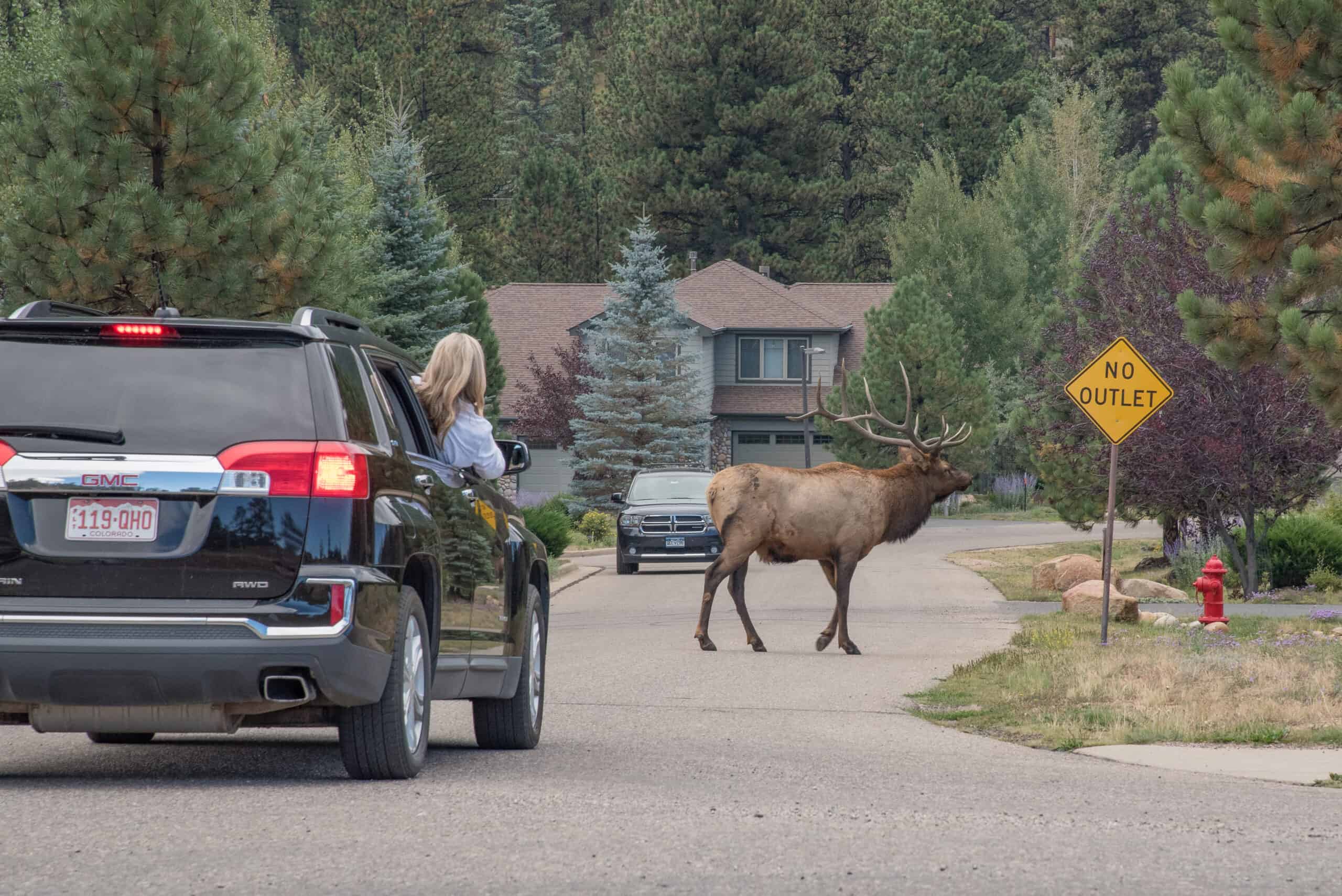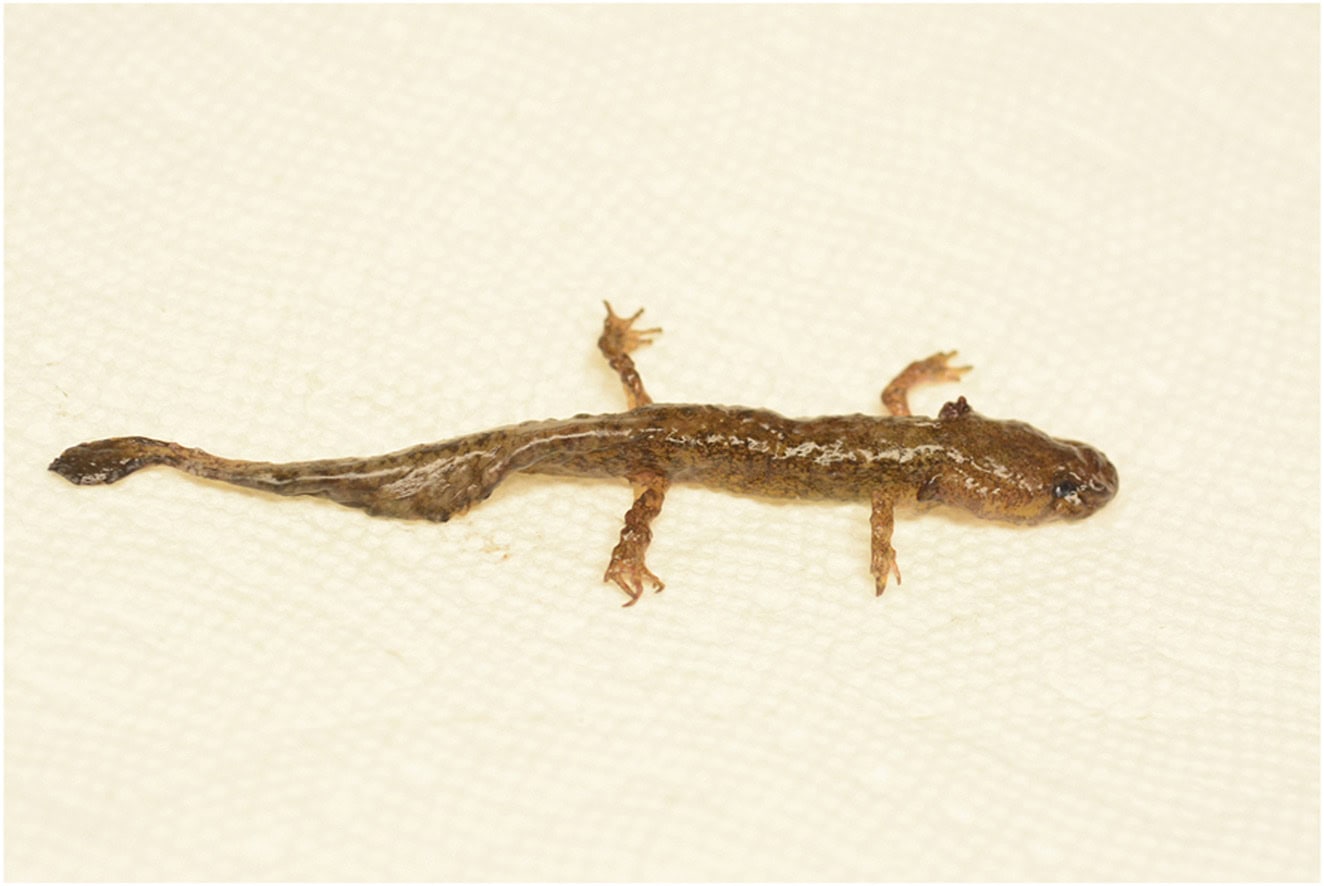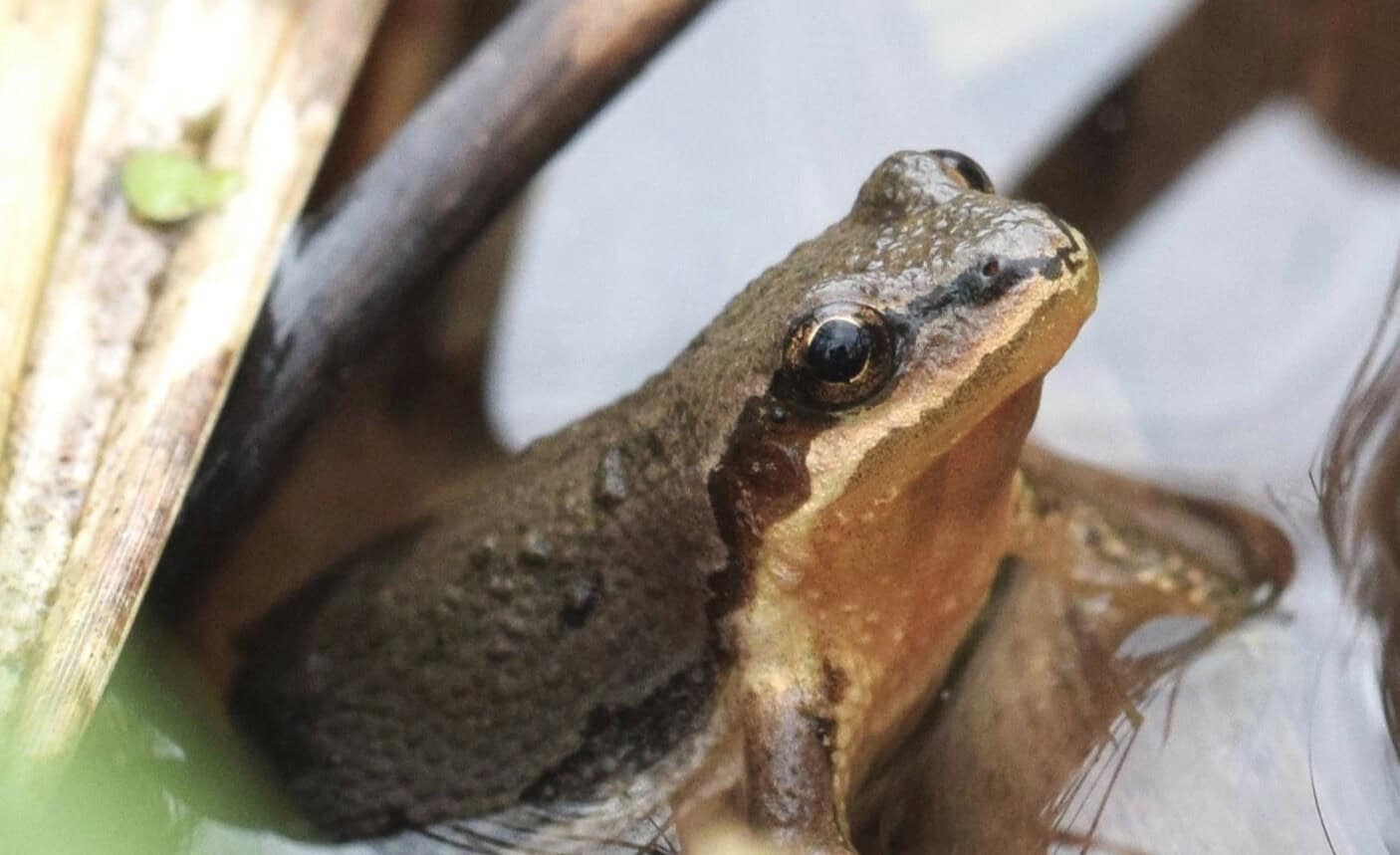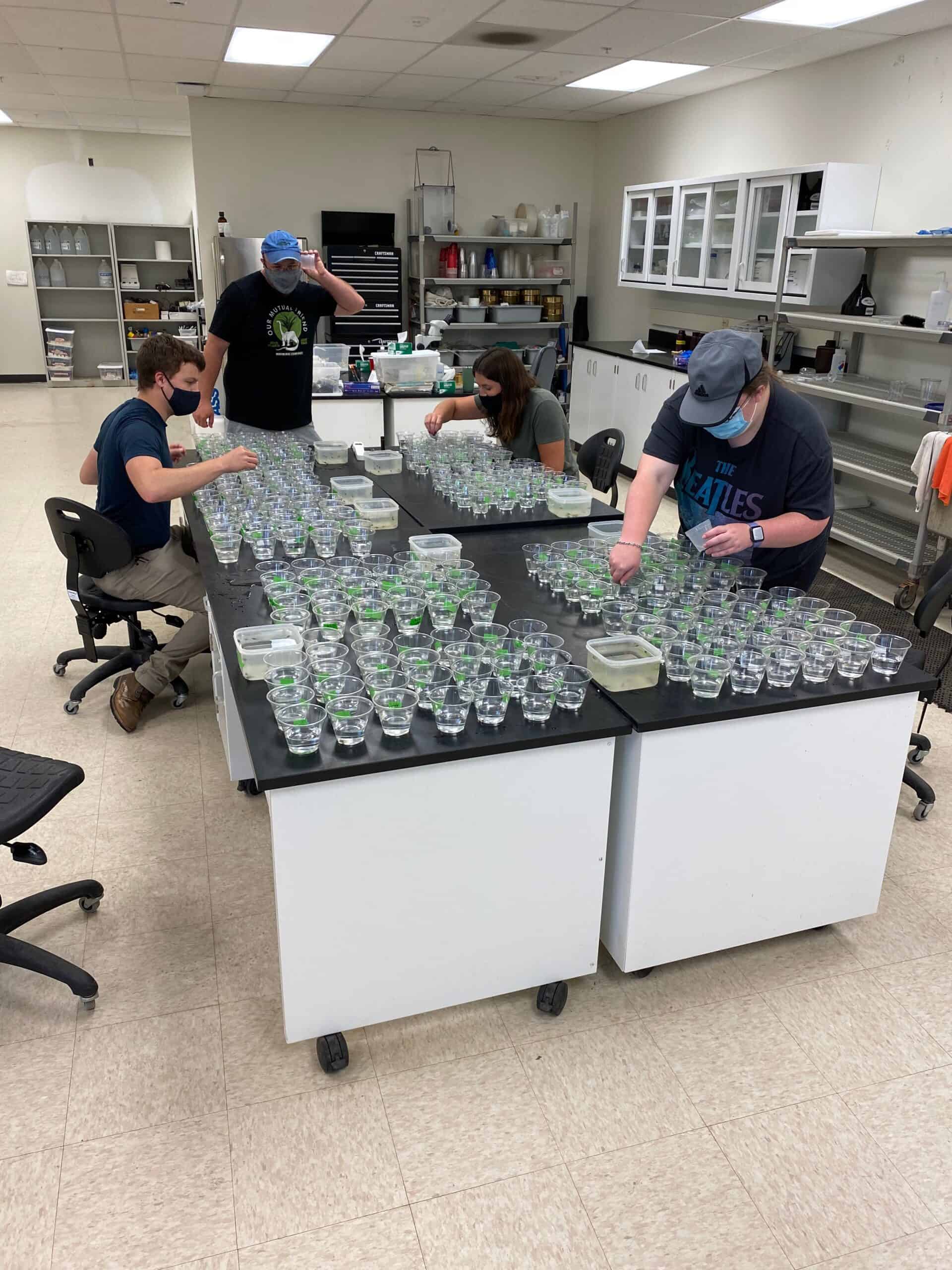Share this article
Inequity in neighborhoods transfers to wildlife
Increased noise in underserved neighborhoods can harm people—and wildlife
Loud noise in poor, urban neighborhoods is not only dangerous to people living there. It can also affect wildlife.
Urban ecologists have been looking at how systemic biases and racism shapes urban ecology and biodiversity. For instance, poorer areas often have higher levels of air and water pollution and less green space. But noise has often been left out of that research.
Assistant professor at Colorado State University Sara Bombaci hoped to close that gap. But finding the data proved difficult. Bombaci and her team hoped to use biodiversity datasets in poorer neighborhoods that had historically been redlined—areas deemed risky investments because of their large minority populations.
“We have this large spatial dataset of noise across the U.S., and we have the redlining maps of noise across the U.S.,” Bombaci said. “We were really hoping to just pair that with some biological data.”
But just like many things in poorer neighborhoods, the datasets showed inequity, too. Other research has also shown that citizen science data like eBird or iNaturalist are biased. “It’s also not equitably distributed across cities,” she said.
That led them to conduct a literature review to understand what past studies have said about urban noise effects on wildlife. For their research, they assumed that noise would be higher in redlined communities and that noisier areas would have greater impacts on wildlife.
“We pulled out the numbers of noise that were affecting wildlife, and we paired that with the numbers of noise levels that are found in our redlined communities,” she said. “We speculate that that those levels of noise could be impacting wildlife to a greater degree because of the cumulative evidence we found throughout the literature that says as noise increases, the impact to wildlife also increased.”
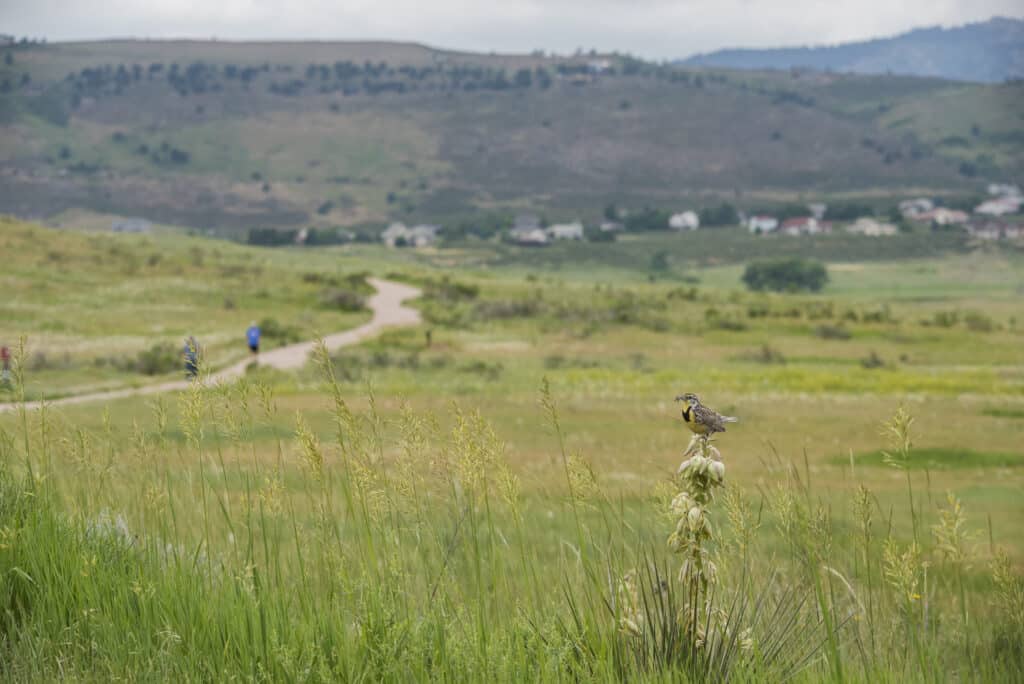
Their findings appear in a study published in Nature Ecology & Evolution. Some of what they encountered was expected, like inequities in noise. “But what was surprising was how clear those patterns were,” Bombaci said.
The team knew that human population size would be a strong predictor of noise. They ran a model to see if population size would swamp out other factors like redlining. But they found that redlining was the stronger predictor of noise pollution compared to population size.
They also looked at the maximum levels of noise that neighborhoods were experiencing. In their research, they looked at 83 cities, with each neighborhood graded, with A being the higher income areas with a higher white population and D grades being the lower income with higher populations of people of color as a result of redlining.
Greenlined neighborhoods that were A-graded nearly always had maximum noise levels below 90 decibels, which is the level that noise can be harmful to people. “That’s the level where human health is drastically impacted,” Bombaci said. Similarly, that’s the level that cumulative impacts to wildlife are greatest.
When they looked at redlined neighborhoods that were D-rated, almost all of them have maximum noise levels above 70 decibels. “That figure matters because it’s the EPA upper limit to avoid hearing degradation,” she said. “The EPA suggest we should manage areas to keep them below 70 decibels to avoid those hearing impacts to humans, you can imagine they also have cascading impacts to wildlife.”
Many of the studies they looked at showed that noise affects wildlife vocalizations as well as population sizes. Bombaci said while this can have negative effects on wildlife itself, lack of wildlife can also negatively affect human health. “There’s several studies that have documented that having access to nature and biodiversity is really important for human health and well-being, or even just access to natural soundscapes,” she said. “What’s good for biodiversity can be good for human wellbeing as well in cities. And so human communities in these redlined neighborhoods, not only are they dealing with the human health impacts of having this elevated level of noise, but also receiving less benefit from nature itself.”
There are some ways to help reduce noise in some underserved communities, though. For example, noise barriers in construction or industrial zones can limit noise. Vegetation or tree lines can also buffer noise. There’s also new smart technology, Bombaci added. In Paris, noise radars are measuring the noise levels of moving vehicles and identifying their license plates to fine vehicles that are making too much noise. There’s also quiet road and pavement technologies. Changing the sirens on ambulances is also an option. These changes can benefit people as well as wildlife.
“This study highlights how you can simultaneously advance scientific understanding and wildlife conservation, and also think about how you can integrate or consider these systems of oppression and how they can shape biological processes,” Bombaci said.
Header Image: Researchers uncovered inequities for wildlife in underserved areas. Credit: Sara Bombaci



